Bun Bo Hue: The Noodle Soup You Never Knew You Loved
Sep 05, 2023 By Triston Martin
Advertisement
You've likely heard of pho, the popular Vietnamese noodle soup, but have you discovered Bun Bo Hue? This hearty, spicy soup hails from Hue, the former imperial capital of Vietnam. Bun Bo Hue is rich in history, culture, and flavor. Once only found in central Vietnam, today you can enjoy this delicious dish in major cities around the world. However, to truly appreciate Bun Bo Hue, you must understand its origins.
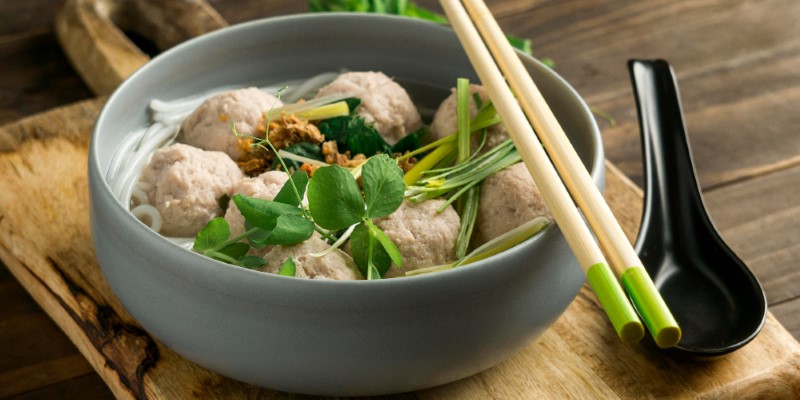
Learn how it has spread globally while still maintaining its authenticity. Explore its complex layers of spice and discover cooking techniques to make an unforgettable pot of broth. Whether you prefer beef, pork, or seafood, there's a variation of Bun Bo Hue to satisfy any craving. Best of all, this wholesome soup offers nutritional benefits to balance any diet when consumed in moderation. Open your senses and taste the imperial city's signature dish - you'll soon realize you've loved Bun Bo Hue all along.
Bun Bo Hue: A Rich History From Vietnam's Imperial Capital to Global Fame
Bun Bo Hue has a rich history spanning centuries in central Vietnam. Originating in Hue, the former imperial capital, it reflects influences from the Nguyen Dynasty along with French colonial rule. This hearty beef and pork broth noodle soup has since spread globally and adapted to local tastes.
A Culinary Melting Pot
Bun Bo Hue incorporates aromatic spices from India and chili peppers from the Americas, blended with native Vietnamese ingredients. Lemongrass, ginger, and shrimp paste provide an umami flavor to the broth. Rice vermicelli noodles and bean sprouts balance the hearty cuts of beef shank, pork hocks, and congealed pig's blood. Mint, cilantro, lime, and chilies allow diners to customize spice and tanginess.
From Street Food to Gourmet Dish
Once a staple of Hue's street food vendors, Bun Bo Hue has gained international acclaim. Upscale restaurants now offer artisanal versions, some with foie gras or truffle oil. Home cooks can find recipes to make their own using beef bones, pork bones, and spices. Packaged spice pastes and broth concentrates provide shortcuts.
A Healthy, Hearty Comfort Food
While high in sodium, Bun Bo Hue can be part of a balanced diet. Protein from meat and noodles, vegetables, and broth provide sustenance. Chili peppers offer capsaicin, which may boost metabolism and circulation. Balance is key, as excess sodium over time may lead to high blood pressure in some. Moderation and exercise help offset risks.
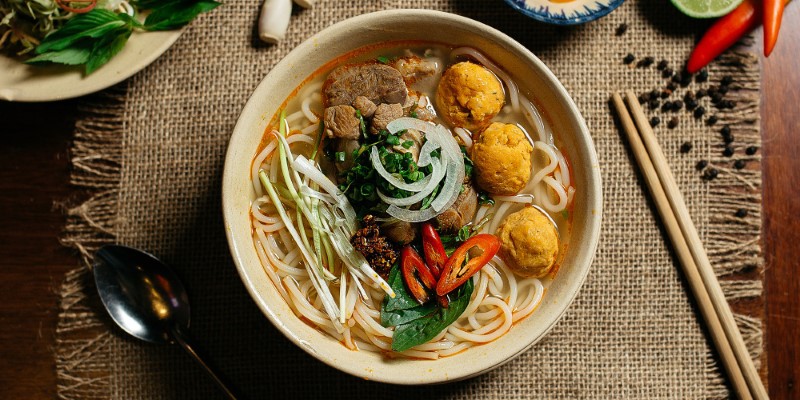
Bun Bo Hue's complex yet balanced flavors have fueled its rise from a regional dish to global fame. This brothy noodle soup continues to comfort and inspire by honoring tradition yet adapting to local tastes. A melting pot of cultures, it represents Vietnam's storied history of influences from near and far.
Authentic Bun Bo Hue Recipe: Tips for a Flavorful Broth and Perfect Noodles
The broth and noodles are essential to achieve authentic Bun Bo Hue noodles. Follow these tips for maximum flavor:
Broth
Use beef bones, pork bones, and dried shrimp for the broth. Simmer for at least 8 hours. Skim off any impurities that rise to the surface. You want a clear, rich broth. Add annatto oil or achiote paste for a reddish hue and spice. Fish sauce, sugar, and chili peppers provide balance.
Noodles
Round rice noodles are traditional. Look for bún or phở noodles. Cook them al dente, usually 3 to 5 minutes. Drain and rinse with cold water. This prevents overcooking and clumping.
Assembly
Place noodles in a bowl and top with the broth. Garnish with lime, cilantro, sliced scallions, and fried shallots. Add braised beef, pork, or offal like tripe or blood cubes. Chili and hoisin sauces allow custom spice levels.
A balance of sweet and savory with a touch of heat - that’s the hallmark of Bun Bo Hue. Sipping the complex broth and slurping the chewy noodles, you'll understand why this imperial delicacy reigns supreme. You can recreate this Vietnamese classic at home with patience and the right ingredients.
Bun Bo Hue Variations and Nutrition: Adapting a Classic for Different Diets
Bun Bo Hue recipe has spread around the world, with recipes adapted to suit various dietary needs and personal tastes. Vegetarian or vegan versions substitute mushrooms, tofu, and vegetables for the traditional beef and pork. For paleo or gluten-free diets, rice vermicelli can be swapped for zucchini noodles or kelp noodles. To reduce calories, use bone broth in place of some or all of the coconut milk, and add extra chili peppers, lime juice, and fresh herbs for more flavor. For ketogenic diets, skip the noodles and load up on the broth, meat, and veggies.
Bun Bo Hue provides several nutritional benefits when consumed in moderation. The broth contributes collagen, amino acids, and electrolytes like potassium and sodium. Rice noodles provide carbohydrates, while beef, pork, and shrimp offer protein. Bean sprouts, lime, cilantro, mint, and chili peppers provide various vitamins, antioxidants, and other nutrients.
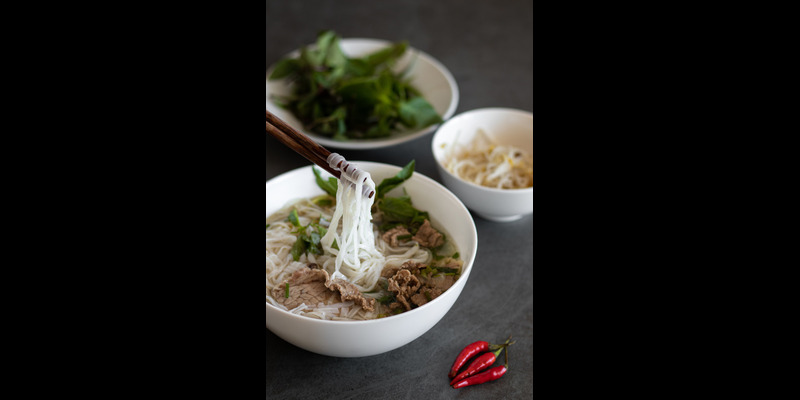
However, as with any dish, balance and moderation are key. The coconut milk, palm sugar, and rice noodles do add extra fat, sugar, and calories. And with many variations and serving sizes, the exact nutritional content can vary. So savor your Bun Bo Hue noodles, but be mindful of appropriate portion sizes for your needs. There are many ways to adapt this classic dish to fit into a balanced diet.
Conclusion
So, whether you're a foodie seeking new culinary adventures or simply looking to expand your palette, give Bun Bo Hue a try. You may just discover a new favorite dish. This hearty, spicy, and complex noodle soup has delighted taste buds in Vietnam for generations and is now gaining fans all over the world. While staying true to its roots, Bun Bo Hue continues to evolve based on local tastes and available ingredients. Such adaptability and rich history prove why it's a dish destined to stand the test of time. Open your mind and awaken your senses - a whole new world of flavor awaits in a single bowl of Bun Bo Hue.
Advertisement
-
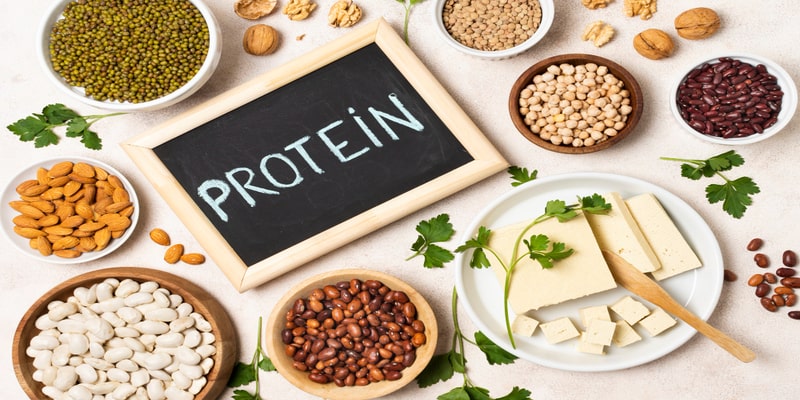 Sep 27, 2023
Sep 27, 2023Top 10 Natural Sources of Protein to Keep You in Best Shape
Are you looking for the best natural sources of protein? Discover the top 10 in our ultimate guide to stay in shape!
-
 Feb 14, 2023
Feb 14, 2023Low-Calorie Desserts That You Must Try
Low-calorie desserts are a delicious and guilt-free way to enjoy a sweet treat. Some popular options include fruit sorbets, baked fruit with a sprinkle of cinnamon, Greek yogurt with fresh berries, and angel food cake with a drizzle of honey. Experiment with different flavors and ingredients to find the perfect low-calorie dessert. By choosing healthier options, you can enjoy a sweet ending to your meal without feeling the guilt of consuming too many calories.
-
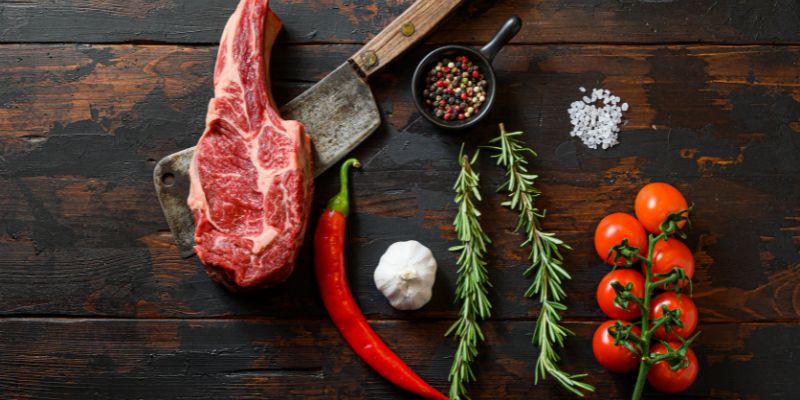 Sep 06, 2023
Sep 06, 2023How To Grill Delmonico Steak? A Step-By-Step Guide
Learn how to grill the perfect Delmonico steak with this easy step-by-step guide and master the techniques to make a perfectly grilled Delmonico steak at home.
-
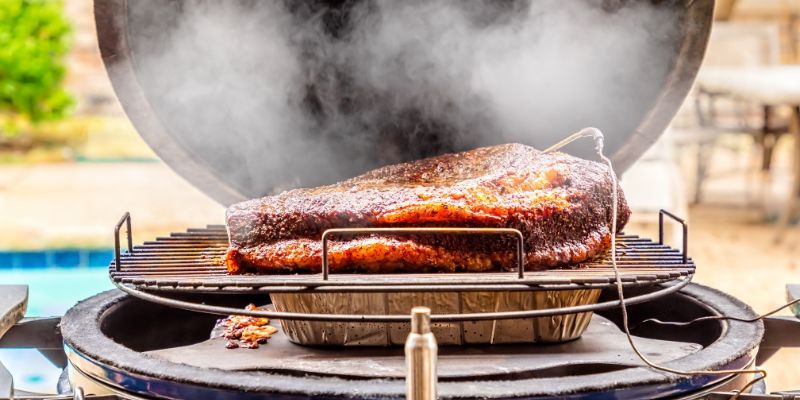 Sep 06, 2023
Sep 06, 2023Fat Side Up or Down: The Best Way To Cook Perfect Brisket
Debating cooking your brisket fat side up or down? Learn how each method impacts moisture, bark, smokiness, and ease of cooking to determine the ideal fat placement.
